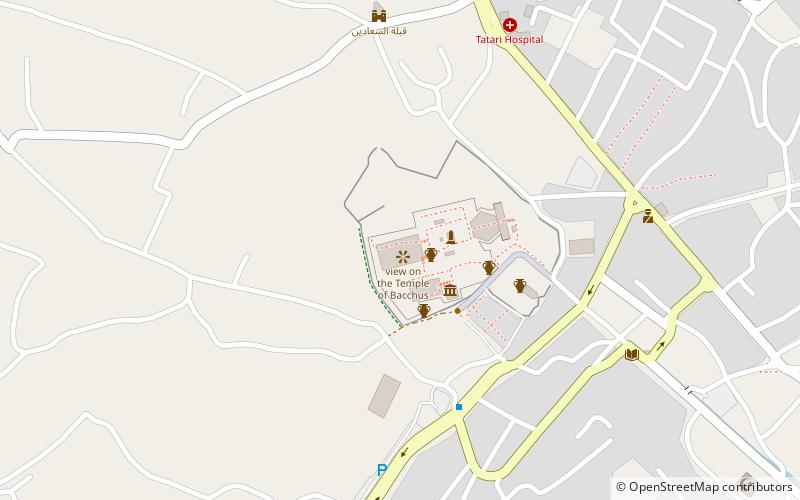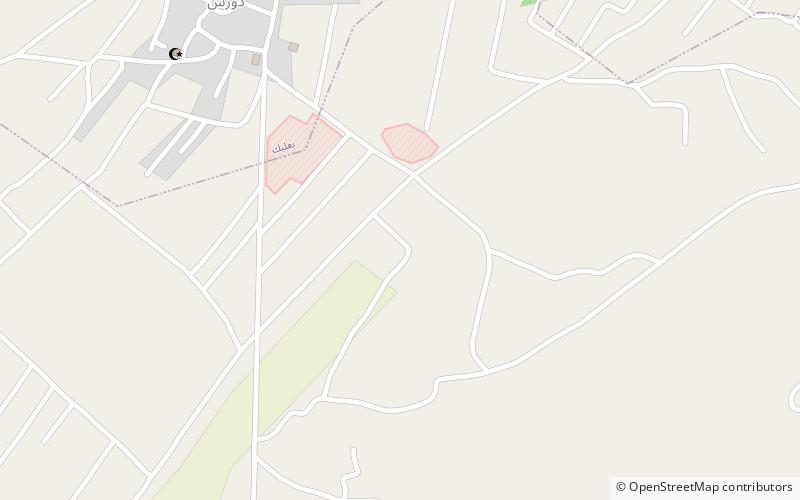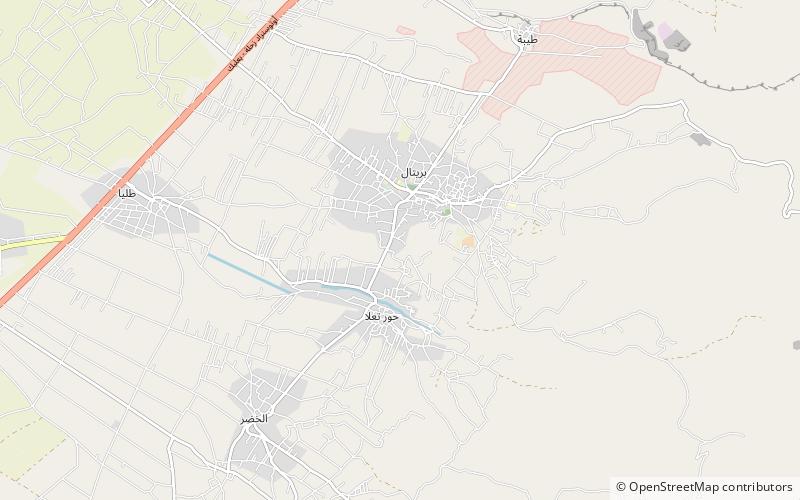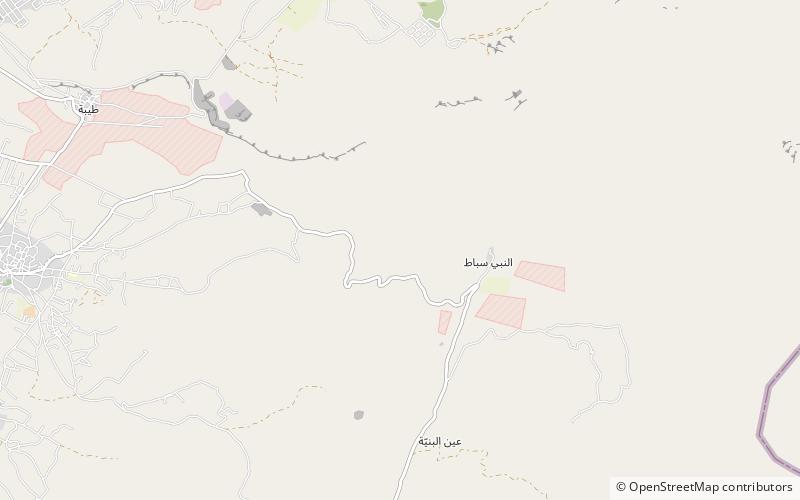Temple of Jupiter, Baalbek


Facts and practical information
The Temple of Jupiter, nestled in the ancient city of Baalbek, Lebanon, is a monumental testament to the architectural prowess of the Roman Empire. As a ruin that once stood as the largest temple dedicated to Jupiter, the king of the Roman gods, this site commands awe and reverence even in its current state.
Constructed over a period spanning the 1st century BC to the 2nd century AD, the Temple of Jupiter was part of a grand religious complex that included the temples of Bacchus and Venus. The temple originally boasted 54 massive granite columns, each towering at 22 meters in height – only six of these colossal structures remain standing today, a poignant reminder of the temple's former glory.
In its prime, the Temple of Jupiter was an imposing structure that dominated the Baalbek complex, with an entrance marked by a propylaea leading to a hexagonal forecourt and finally to the rectangular main court. The ruins indicate intricate carvings and a level of craftsmanship that speaks volumes about the skill of its ancient builders.
Today, the Temple of Jupiter is a UNESCO World Heritage Site and serves as a significant historical attraction for visitors from around the globe. The magnitude of the ruins is a powerful illustration of the religious importance and the architectural ambitions of the ancient Romans. Despite centuries of earthquakes and human interference, the remaining edifice stands as a silent witness to the grandeur of a bygone era.
Baalbek
Temple of Jupiter – popular in the area (distance from the attraction)
Nearby attractions include: Temple of Bacchus, Stone of the Pregnant Woman, Iaat, Qasr el Banat.








